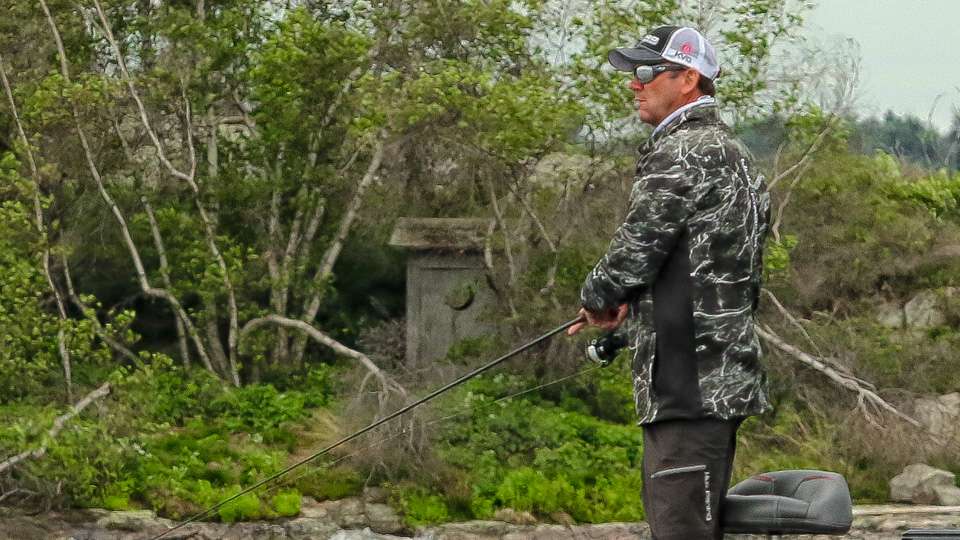
We finished up the Bassmaster Elite Series season last week with the Toyota Bassmaster Angler of Year Championship at Mille Lacs Lake. My hat’s off to Brandon Palaniuk for having an a amazing season.
Brandon showed his maturity the way he kept his cool despite the tight race and formidable opponents breathing down his neck.
The fish at Mille Lacs were beginning to show signs of the transition to fall patterns. Some were caught deep and others were caught fairly shallow. That’s what happens when we start having cooler nights.
But this appears to be shaping into a funky start to fall. Although we’ve started seeing falling water temperatures in most areas, the weather sweeping the country this week could really slow that down.
Under normal conditions, cooling weather can speed up the fall transition. However, we’re suddenly looking at record high temperatures in Michigan this week and hot temperatures throughout the country.
I’ve seen this happen before, whereby hot temperatures during the fall cool down can scatter the bass and leave the angler with multiple fishing patterns.
I’ve said before, I believe the length of daylight, such as the shorter days we are now seeing, has the strongest effect on triggering the fall migration. However, extreme warmer weather can really kill that migration.
What typically happens is we wind up with a part of the bass population still locked in summer patterns and on deep offshore structure while a secondary population moves toward the flats and shallows.
That secondary population, whether it’s largemouth or smallmouth, can get remarkably shallow. They will get in knee deep or less water and you can actually sight fish them like you do in the spring. They get around shallow boat docks, tight to shallow riprap or inside edges of shallow weeds.
And what’s important to remember here is oftentimes we’re talking about some of the biggest bass in the lake.
Admittedly, they can be tough to catch because they are so shallow and a bit spooky. My favorite way to target them is with soft jerkbaits or topwater lures if there is some wind, or with lightweight shaky head plastics, light drop-shot rigs, or wacky rigged Ochos when the water is calm.
It’s a pattern that may not produce numbers of bass, but like I said, they will be big and worth targeting.
You have to cover a lot of water and really focus on trying to fish those shallow transitional areas. Keep the sun at your back, wear good polarized sunglasses and be looking ahead for bass or the presence of baitfish and crawfish.
So keep that in mind if your offshore bite isn’t producing. Remember, the shorter days tell the bass to move shallow and that’s where they want to be. You just have to keep moving and looking, and your chances of catching a few big ones can be good.
Remember, it’s all about the attitude!
Kevin VanDam’s column appears weekly on Bassmaster.com. You can also find him on Facebook, Twitter and Instagram.

